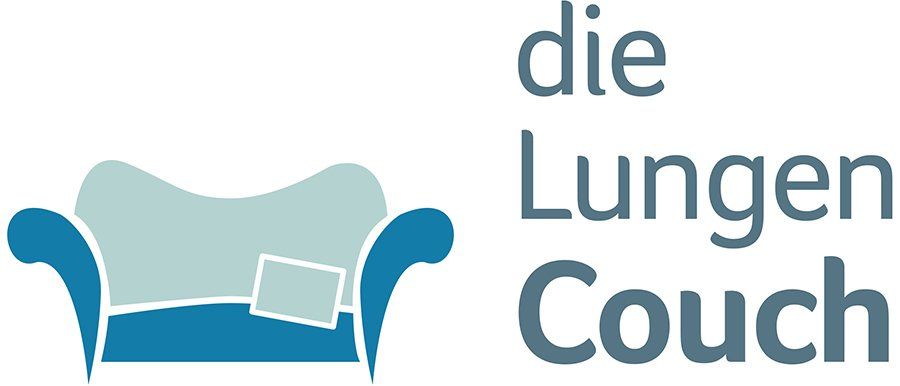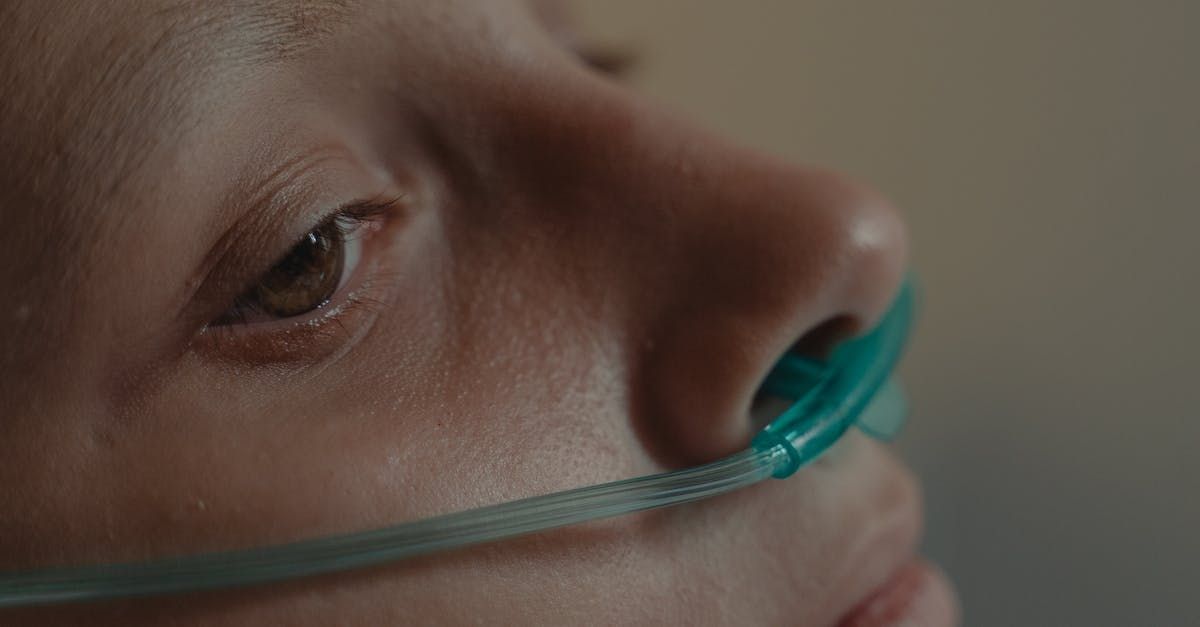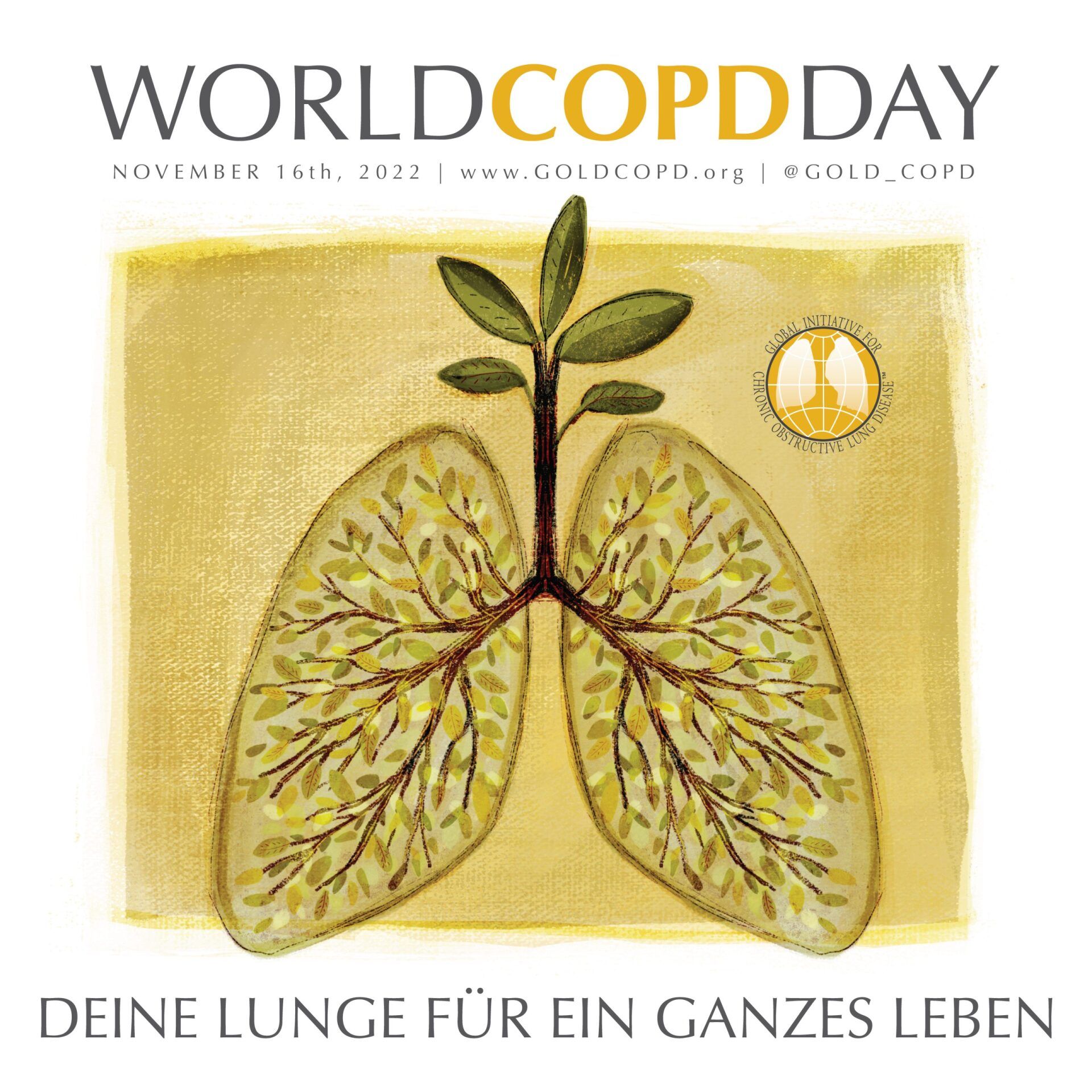Respiratory Psychology Encyclopedia: B such as Breathlessness Anxiety/ Breathlessness Fear
To speak of breathlessness is to speak of anxiety.
Fear in breathlessness
Fear in respiratory distress is a normal physiological reaction - just as normal as, for example, the accompanying tachycardia (increased heart rate) or sweating or dizziness.
Fear in respiratory distress is an important alarm signal for the vital threat situation and is therefore often described as "fear of death".
It is probably triggered primarily by the breathlessness quality "air hunger". During acute attacks of breathlessness, the so-called Anxiety-Breathlessness Cycle very quickly develops a threatening dynamic. Breathlessness forms the beginning of the spiral.
The emotion "fear" cannot be voluntarily switched off during respiratory distress. This automatic psychophysiological link results in difficulties in developing appropriate psychological treatment options for fear in respiratory distress.
Fear of breathlessness
Fear of breathlessness usually develops in patients with chronic lung diseases after attacks of breathlessness in which they felt helpless and which they experienced as a vital threat.
Fear of breathlessness, like fear in breathlessness, often leads to a vicious cycle. Fear is the entry point into the fear-breathlessness spiral.
Background knowledge on fear of breathlessness
Fear of breathlessness can lead to a negatively coloured emotional state that increases the readiness to perceive breathlessness-related symptoms. This alertness, in turn, can trigger panic attacks.
In addition, COPD patients who experience life-threatening respiratory distress, experience an enormous amount of stress.
Increased sensitivity to breathing changes can also lead to avoidance of activities that cause breathlessness. This creates a vicious cycle of increased breathlessness, worsening of physical performance and general avoidance of physical activity (deconditioning spiral).
Can breathlessness be visualised in the brain?
Breathlessness cannot only be recognised externally by body reactions or measured by questionnaires. Breathlessness can also be visualised by examinations of the brain. By means of fMRI (functional Magnetic Resonance Imaging = functional nuclear spin tomography), you can watch the brain "at work" - e.g. at the hard work it has to do during shortness of breath. The automatic centres in the brain stem (formatio reticularis), the diencephalon and the cerebral cortex are particularly involved in respiratory distress.
A hidden area of the cerebral cortex plays a central role in the processing of breathlessness: the insular cortex. Among other things, it is involved in the emotional evaluation of sensations. As an important projection site for signals from the internal organs, it receives a lot of information, including information about breathing difficulties. The insular cortex is also reciprocally connected with the diencephalon, especially with the thalamus (main part of the diencephalon) and the amygdala (amygdala in the diencephalon). Through this interconnection, it influences - directly and indirectly - balance and emotions.
Thus it is not surprising that researchers in breathlessness studies with fMRI pay special attention to the activities and interactions of the insular cortex and the diencephalon. And they are not disappointed: more and more studies point to the central importance of these brain areas in the experience of breathlessness.
What causes breathlessness to become chronic?
There is clear evidence that structures in the brain change in patients with chronic breathlessness. For example, the grey matter (collection of nerve cell bodies) seems to be reduced in the areas of the brain that process breathlessness (among other things).
One study showed that in COPD patients with chronic breathlessness, the volume of grey matter was reduced in certain areas of the brain, namely in the anterior, middle and posterior cingulate cortex (cingulum). This plays a role in autonomic functions such as blood pressure and heartbeat, for example.
Areas of the diencephalon were also affected by the loss of substance: e.g. the hippocampus, which is mainly responsible for memory and learning, and the amygdala, which is involved in controlling fear.
The longer the COPD disease and chronic breathlessness had already lasted, the reduced the grey matter was. These patients showed greater fear of breathlessness and physical activity. This reinforces the spiral of breathlessness - fear of breathlessness - reduced activity - greater breathlessness - greater fear of breathlessness - inactivity .... There is also an increased risk that the structural changes in the brain will persist and the shortness of breath will become chronic.
What MRI scans reveal
To better understand why some patients with chronic lung disease develop breathlessness out of fear of physical activity, researchers have for years been following a path already successfully treaded in studies of pain chronification.
Already the expectation of breathlessness (experimentally generated by increased breathing resistance) activates a network of areas in the brain. The activated areas of the network are involved in the perception and processing of breathlessness.
A particularly revealing finding in this context: The activated areas of the "emotional brain" (= limbic system) exactly reflect the anticipated fear of breathlessness.
But not only the real expectation of increased breathing resistance activates the brain. Even the mere mental anticipation of respiratory distress through given terms or scenes sets the respiratory distress network in the brain into action.
In plain language: If a patient with chronic lung disease is given scenes by being read aloud in an experiment in the MRI scanner - such as "climbing stairs under time pressure" or "wanting to catch the bus quickly" - the degree of breathlessness he feels (measured with a visual analogue scale) is related to the activation of his breathlessness network in the brain.
What could be behind the increased "breathlessness sensitivity"?
The researchers interpret the findings as follows:
- First: Patients with chronic lung disease experience unpleasant, frightening breathlessness in a certain everyday situation (e.g. climbing stairs too quickly).
- Secondly: In the brain, a link is made between the trigger stimulus "stairs" (= stimulus) and the unpleasant experience of breathlessness (= reaction). The learned link subsequently turns each staircase into a "prior" (= learned preloaded association).
- Thirdly: This "prior" already influences the perception of breathlessness when the situation is depicted - e.g. when a key word (such as climbing stairs) is mentioned although there are no stairs to climb at the moment.
What offers the prospect of improvement?
If "priors" evoke the fear of breathlessness via the brain (e.g. through physical activity), then would it be possible to dispel - or at least alleviate - this form of breathlessness fear via the brain?
This promising approach is supported by fMRI studies on the effects of pulmonary rehabilitation (PR).
Pulmonary rehabilitation changes the brain activation in the areas that are responsible for the breathlessness caused by fear of physical activity. Through PR interventions that target the individual "priors", the learned connections in the brain can apparently be "loosened" and the perception of breathlessness can be influenced.
This provides a little more insight into the psychophysiological background for the dosed training of activities of daily living (ADL).
Other fears of breathlessness
The experience of loss of control during breathlessness is frequently associated with accompanying fears in patients with chronic lung disease.
For example, they report a fear of incontinence during breathlessness or a fear of "oxygen deprivation", such as when switching from non-invasive ventilation (NIV) to long-term oxygen therapy (LTOT) in the morning or after a nap.
These concomitant fears in the context of fear of breathlessness must be individually assessed and likewise individually treated.
Fears of breathlessness in carers
Shortness of breath is contagious. It leads to a largely automatic reaction not only in those affected, but also in those who share the experience.
Experiencing breathlessness activates the brain areas for fear perception and fear processing in all those present.
These findings on respiratory distress contagion must be taken into account by psychological interventions when involving relatives in respiratory distress management.
Fear of breathlessness can also transfer to relatives and promote avoidance tendencies in them as well.
Breathlessness anxiety: relevance to respiratory psychology
The multifaceted fear of breathlessness is a worthwhile field of application for basic research and for the clinical practice of respiratory psychology.
A systematic approach to the phenomenon of "breathlessness anxiety" has proved its worth in clinical practice:
- Screening (screening for anxiety, e.g. using Hospital Anxiety and Depression Scale-Subscale Anxiety = HADS-A, Generalised Anxiety Disorder 7-Item Scale = GAD-7),
- targeted anxiety diagnostics (with disease-specific test instruments, such as Anxiety Questionnaire for Respiratory Diseases = AIR, COPD Anxiety Questionnaire = CAF, Questionnaire on Anxiety-Related Cognitions = ACQ, Questionnaire on Anxiety about Physical Symptoms = BSQ),
- personalised interventions.
Breathlessness anxiety: treatment approaches for respiratory psychologists
Unfortunately, there are only a few interventions that are specifically designed for patients with chronic lung disease and breathlessness anxiety.
Promising are:
- Disease-specific interventions with CBT elements (cognitive behavioural therapy in an analogue or digital setting),
- hypnotherapeutic interventions,
- mindfulness-based interventions.
The results of the TANDEM study (Kelly M et al) are eagerly awaited - not only with regard to effects on breathlessness anxiety.
References:
Marlow, L. L., Faull, O. K., Finnegan, S. L., & Pattinson, K. T. (2019). Breathlessness and the brain: the role of expectation. Current opinion in supportive and palliative care, 13(3), 200.
Finnegan, S. L., Harrison, O. K., Harmer, C. J., Herigstad, M., Rahman, N. M., Reinecke, A., & Pattinson, K. T. (2021). Breathlessness in COPD: linking symptom clusters with brain activity. European Respiratory Journal, 58(5).
von Leupoldt, A. (2017). Treating anxious expectations can improve dyspnoea in patients with COPD. European Respiratory Journal, 50(3).
Herigstad, M., Faull, O. K., Hayen, A., Evans, E., Hardinge, F. M., Wiech, K., & Pattinson, K. T. (2017). Treating breathlessness via the brain: changes in brain activity over a course of pulmonary rehabilitation. European Respiratory Journal, 50(3).
Herzog, M., Sucec, J., Van Diest, I., Van den Bergh, O., Chenivesse, C., Davenport, P., ... & von Leupoldt, A. (2018). Observing dyspnoea in others elicits dyspnoea, negative affect and brain responses. European Respiratory Journal, 51(4).
Sohanpal, R., Pinnock, H., Steed, L., Heslop Marshall, K., Chan, C., Kelly, M., ... & Taylor, S. J. (2020). Tailored, psychological intervention for anxiety or depression in people with chronic obstructive pulmonary disease (COPD), TANDEM (Tailored intervention for ANxiety and DEpression Management in COPD): protocol for a randomised controlled trial. Trials, 21(1), 1-12.










